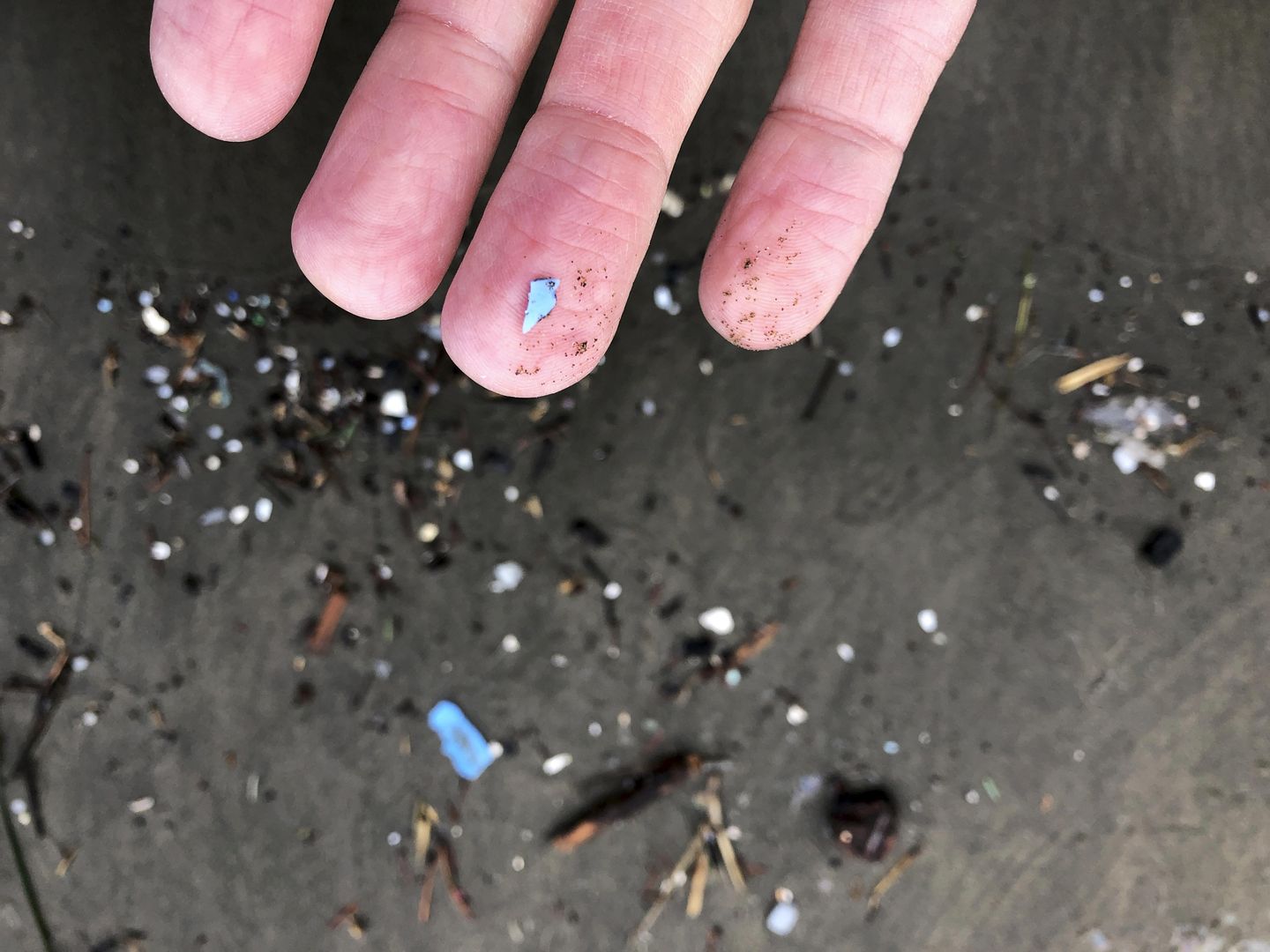
In an unprecedented scientific revelation, ancient soil samples have borne witness to the infiltration of microplastics, marking their presence in historical contexts where none would expect them.
Researchers from the University of York in the U.K. have unearthed tiny plastic fragments in soil strata deep beneath the surface, hailing from the early centuries of the Common Era, CNN reported.
The York study’s recent publication highlights the first discovery of microplastics in soil dating back to the first or second century.
“This feels like an important moment, confirming what we should have expected: that what were previously thought to be pristine archaeological deposits, ripe for investigation, are in fact contaminated with plastics, and that this includes deposits sampled and stored in the late 1980s,” John Schofield, a director of studies in York’s Department of Archaeology, said in the statement.
“We are familiar with plastics in the oceans and in rivers. But here we see our historic heritage incorporating toxic elements. To what extent this contamination compromises the evidential value of these deposits, and their national importance, is what we’ll try to find out next,” he said.
Microplastics, minute and hardly discernible, form through the degradation of larger plastic materials.
“Our best-preserved remains — for example, the Viking finds at Coppergate (in the city of York) — were in a consistent anaerobic waterlogged environment for over 1,000 years, which preserved organic materials incredibly well,” David Jennings, chief executive of York Archaeology, said in a statement.
“The presence of microplastics can and will change the chemistry of the soil, potentially introducing elements which will cause the organic remains to decay. If that is the case, preserving archaeology in situ may no longer be appropriate,” he said.
• Staff can be reached at 202-636-3000.












